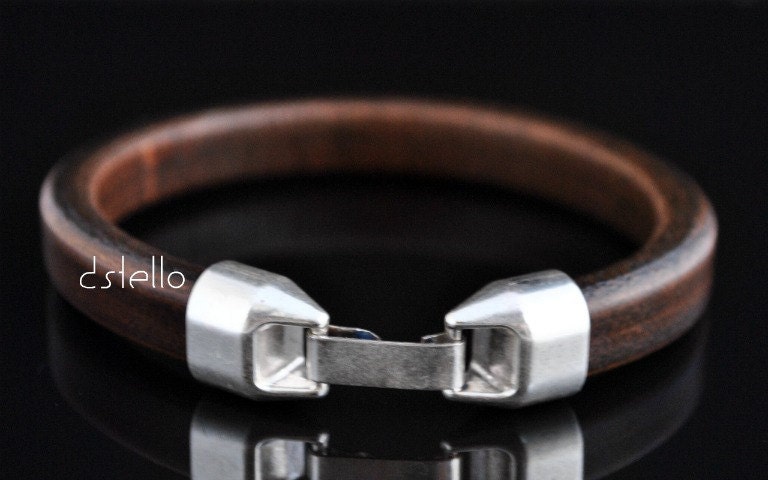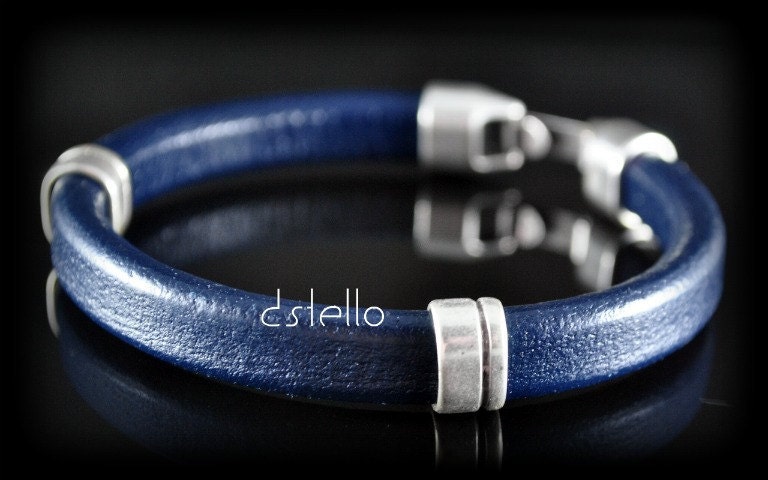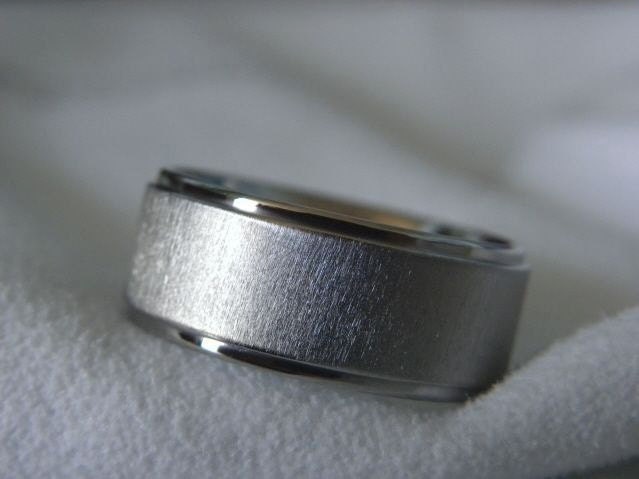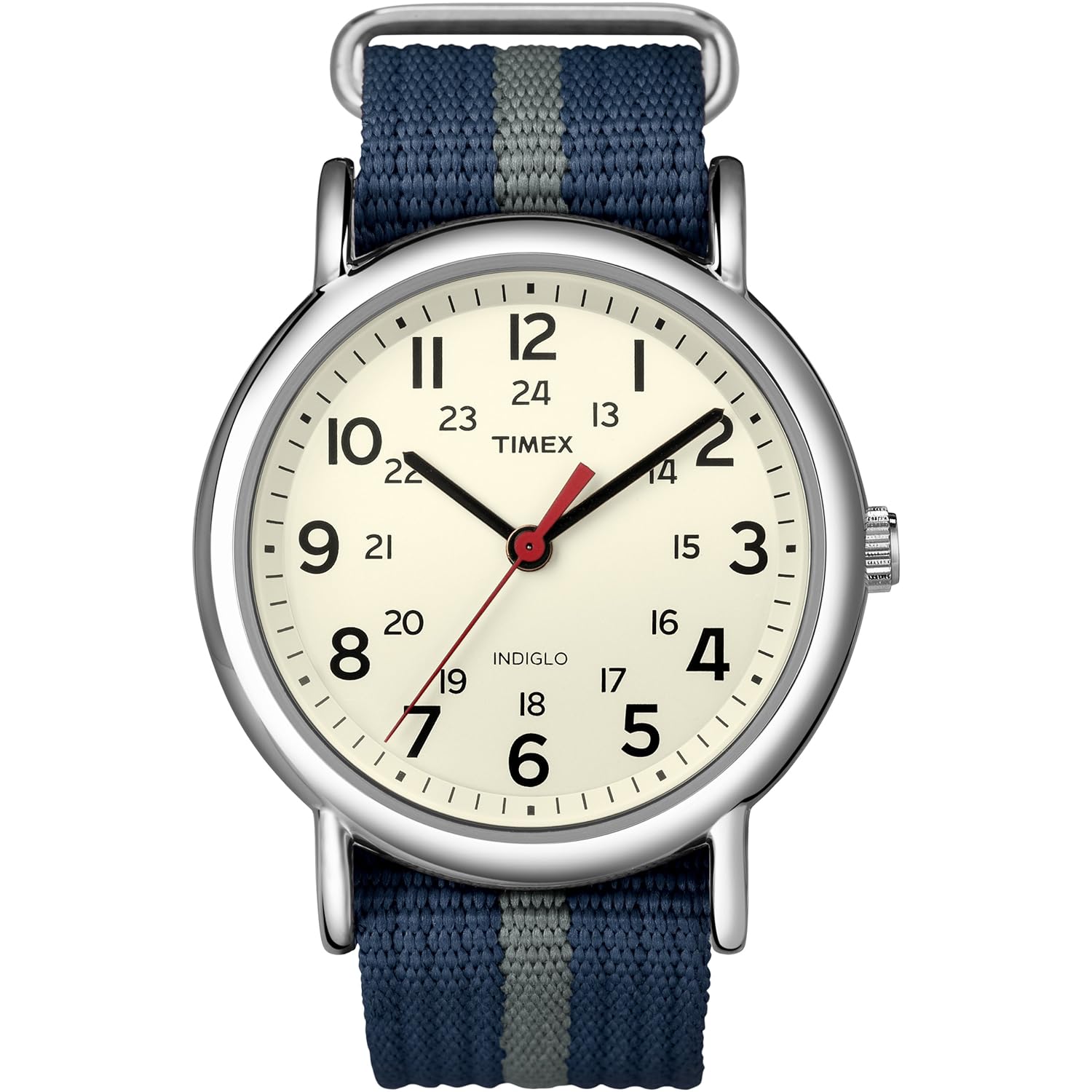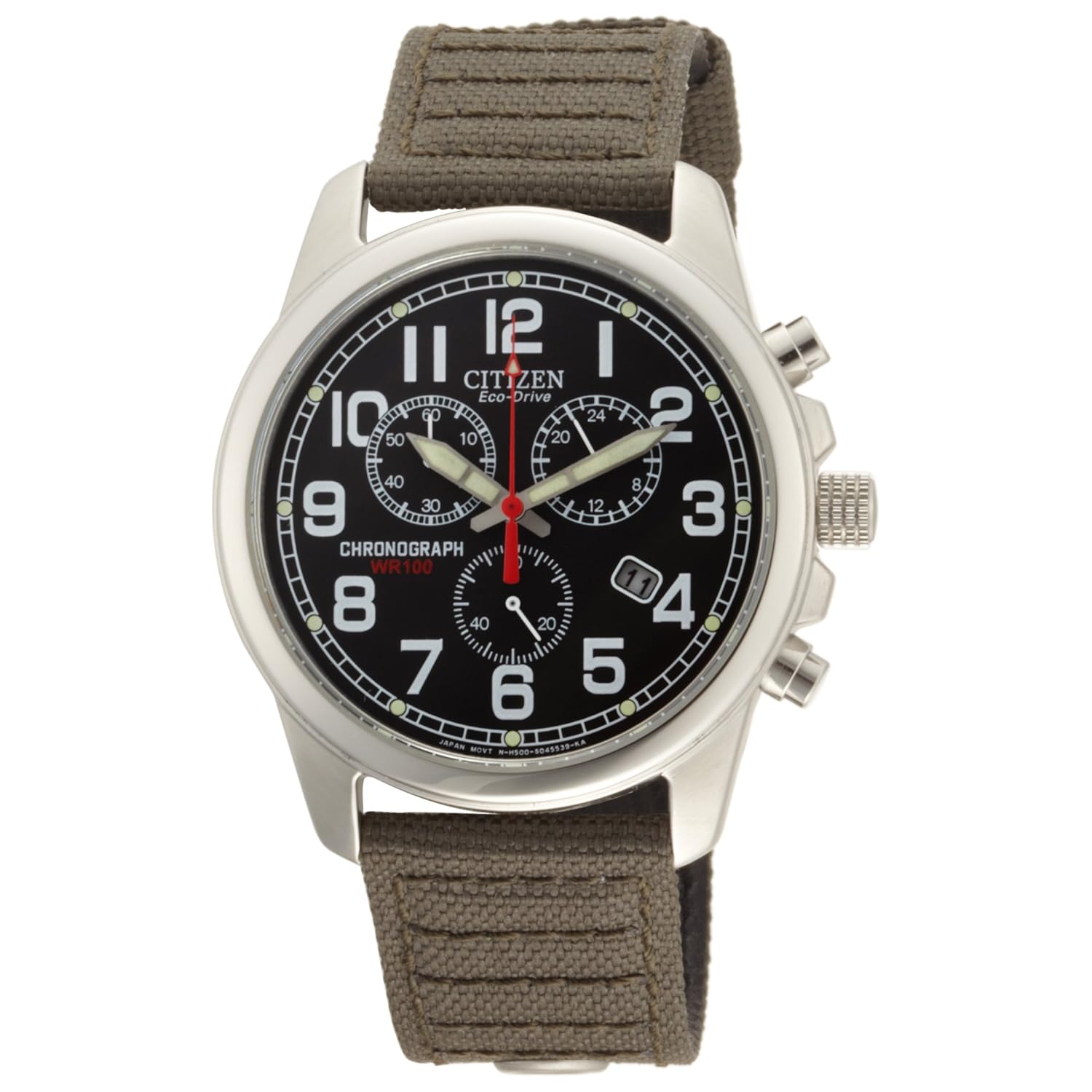What's in a Dial?
For the purposes of this post, the term "dial" encompasses not only the dial itself - that is, the piece of material that forms a backdrop for the hands of a watch - but everything that appears beneath the watch crystal: dial proper, hands, day/date windows, indices, etc. I'll be limiting my discussion to analog watches, as the technological needs and display styles of digital watches tend to entail a different set of considerations, which perhaps I'll pick up on in another Watch Primer installment.
On a basic three-hand watch, the dial's most elemental function is to provide a backdrop against which you can perceive the watch hands, and tell the time from their relative positions:
While some watches epitomize minimalist design aesthetics with no indices (the
Movado "Museum Watch" being an iconic example), I'm of the view that a watch is a tool, and as such is defined by its primary function: telling time. In order to perform that function efficiently, it needs to possess the precision and demarcations necessary to enable its wearer to tell the time quickly and accurately. In general, this necessitates that a watch dial possess both hour and minute markers.
This, however, is only one half of the legibility equation. The other is whether the watch's minute hand extends far enough to actually touch the minute markers, allowing you to tell exactly where the hand falls between markers without having to extend the lines in your head.
The Omega Speedmaster Professional is once again a fine example of this principle done right:
 |
| Image (C) Omega SA. |
As you can see, the minute hand extends right up into the minute markers so that there's no question on which side of a marker the tip of the hand falls.
Mondaine's series of "Swiss Railway Watches" also seems to get it right, as in this example:
Here, the blockish design of the minute hand could have made reading the precise time difficult if the hand didn't extend all the way into the minute markers.
Not all of the watches I've owned have gotten this design aspect right, though:
I didn't really notice this design issue back when I owned the Citizen (which otherwise is a stand-up watch; it saw me through a successful bar exam), but looking at it again years later the stubby minute hand was the first thing that I noticed. With time and exposure you just get more attuned to design nuances, which is one reason I wanted to tackle this topic in the Primer, so that those who are just starting out their watch collections can avoid the surprisingly less-than-obvious pitfalls into which I've fallen in the past.
Inexplicably, even titans of the watchmaking world like Rolex and Patek Philippe have sinned in this area:
A surprising number of Rolex's models have minute hands that fall short of the mark, but the infamously stubby 39mm Explorer is the most obvious culprit, potentially leaving you straining to tell where the hand falls with relation to the nearest minute:
 |
| Image courtesy chrono24.com. |
And then compare this 38mm diameter Calatrava 5296G
 |
| (C) Patek Philippe SA. |
to the slightly older (and 37mm) Calatrava 5127G:
 |
| (C) Patek Philippe SA. |
Both models use the same 324SC movement (and possibly the same hands, judging by the images), yet the millimeter larger 5296G has a noticeable gap between the minute indices and the tip of its minute hand. Personally, I'd expect more attention to detail from the world's premier watch manufacturer.
I've heard in some circles that minute hand length might be constrained by the size of the dial in relation to the torque power of the watch's movement, but if that's really the limiting factor, then I think the disconnect becomes an admission of substandard - or at least cost-cutting - engineering, which may be forgivable in a fashion watch, but is hardly something you'd want to see in a watch that is supposed to stand for horological excellence - and costs thousands of dollars because of it. Just another detail to be mindful of when shopping for your grail watch.

